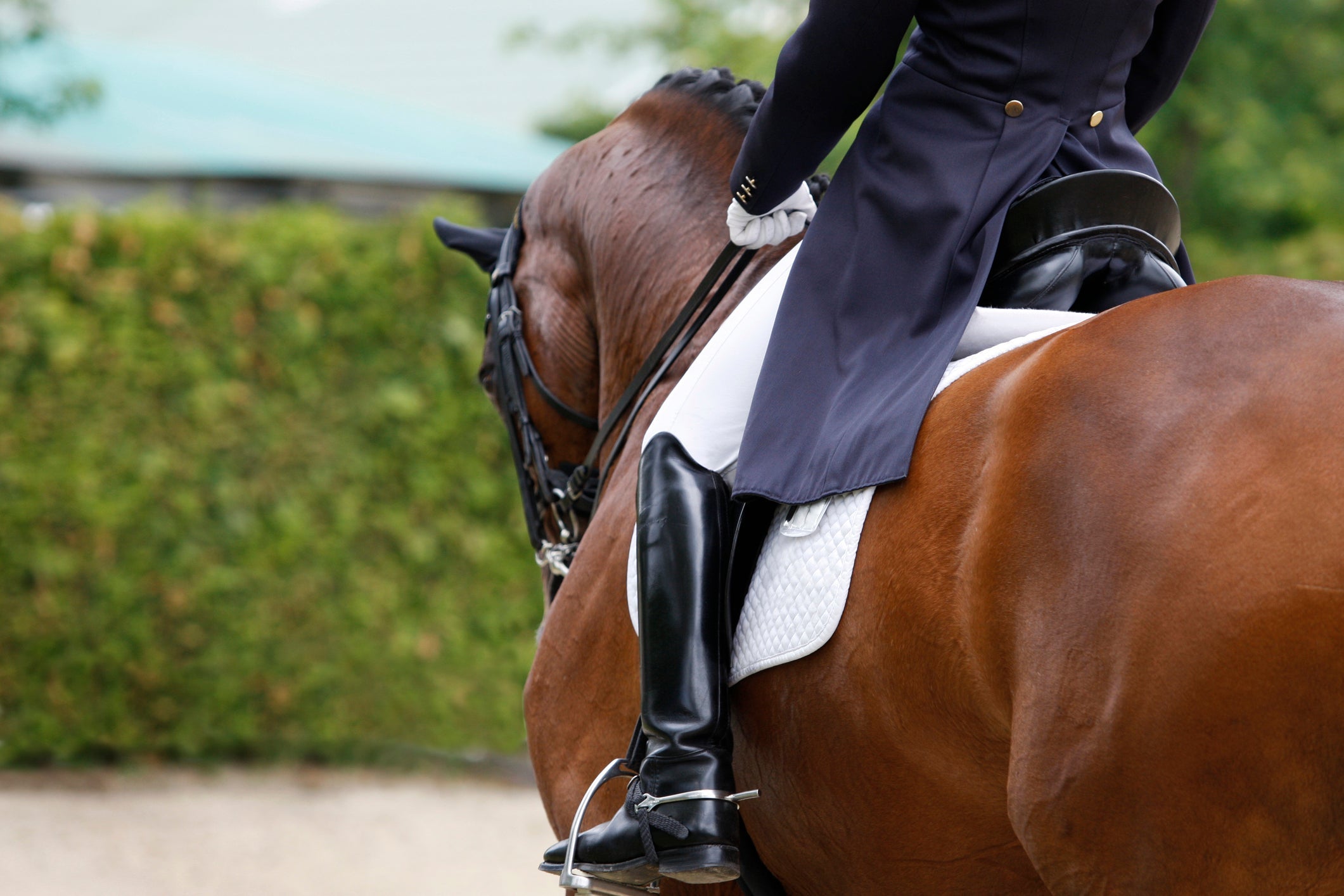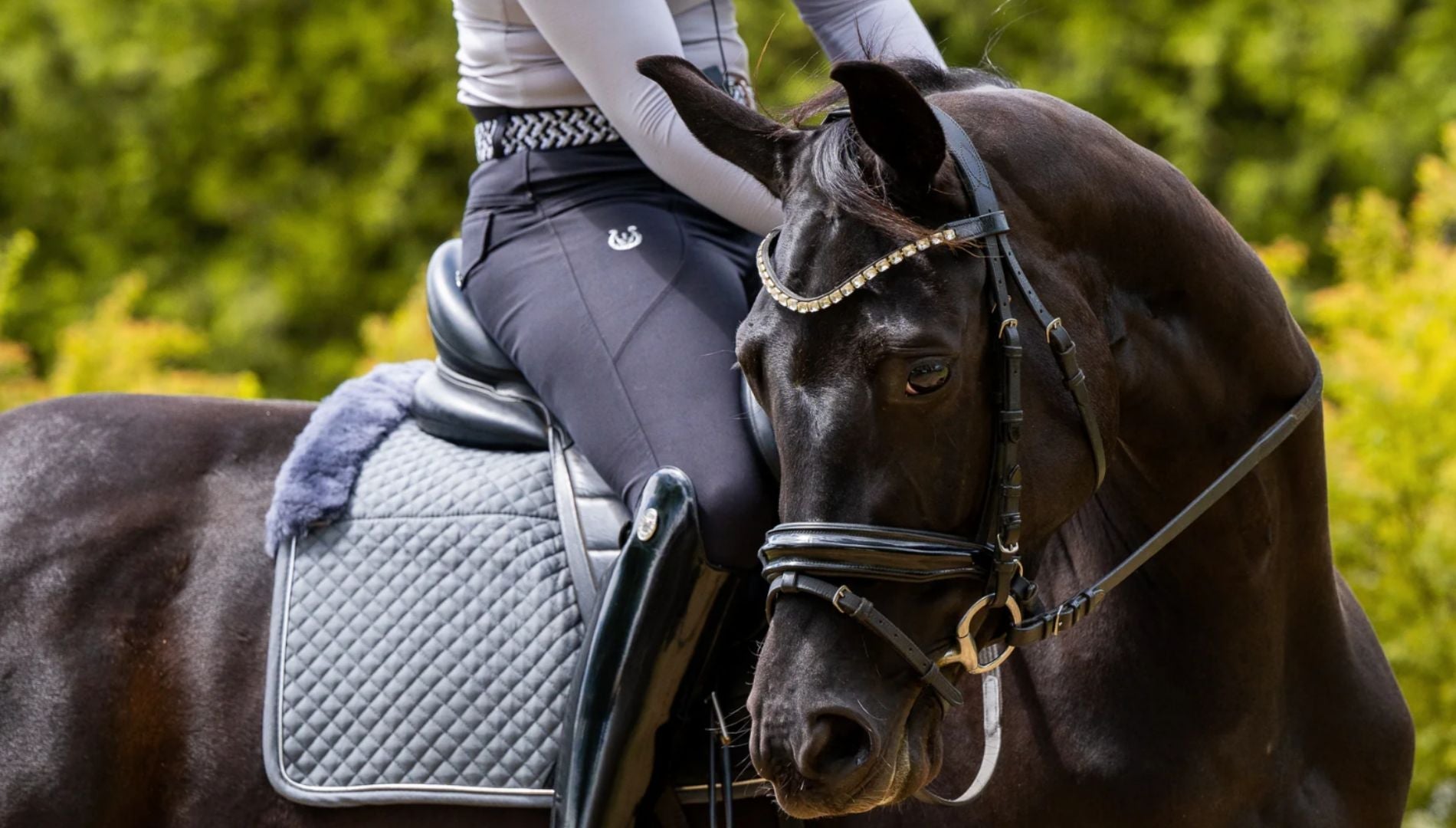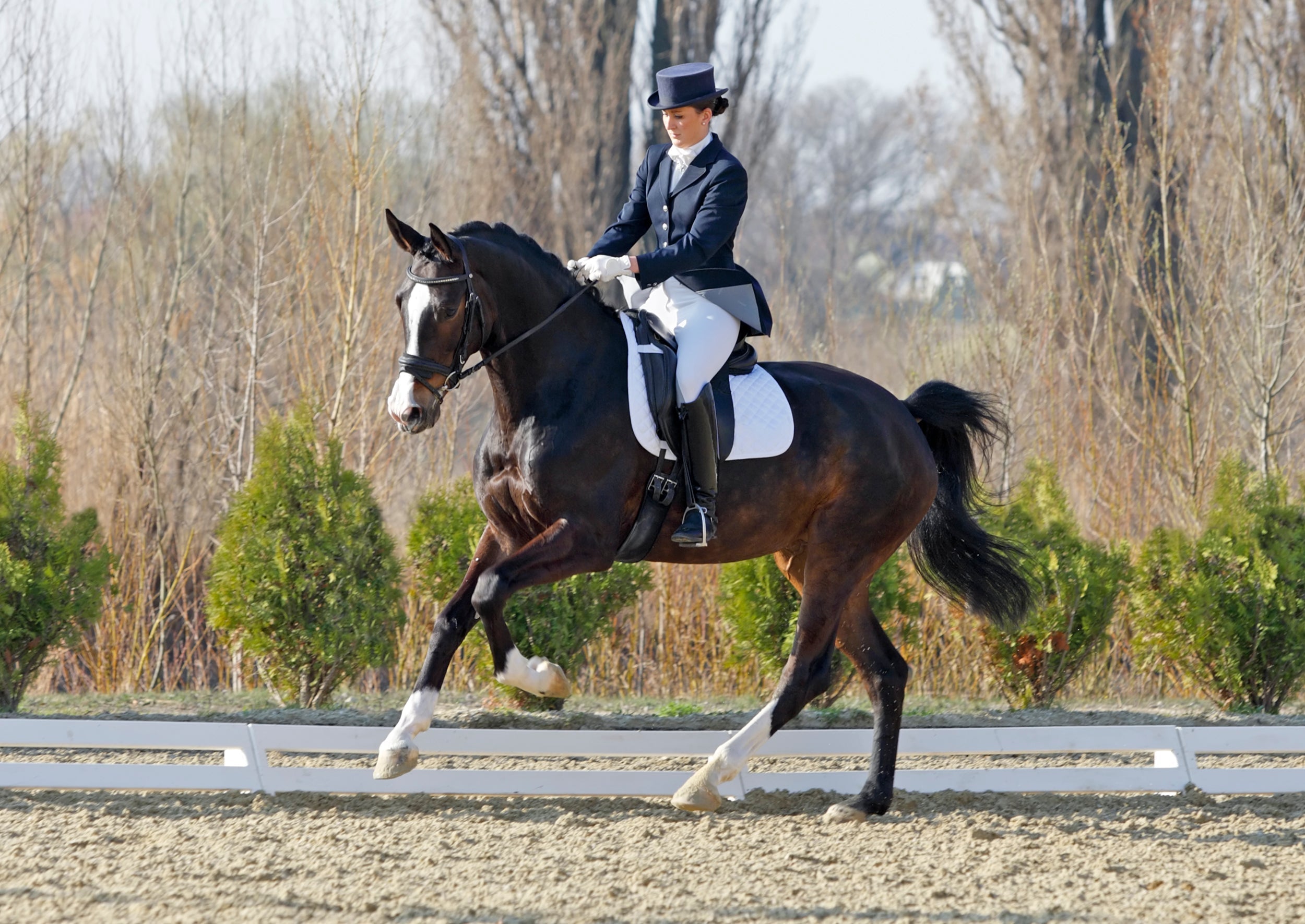
Top 10 Tips for Getting Your Dressage Horse Back in Shape for Spring
Top 10 Tips for Getting Your Dressage Horse Back in Shape for Spring
As the days grow longer and the competition season approaches, it’s time to get your dressage horse back in top form after a winter break. Whether your horse has been on light work or enjoying a complete rest, a well-planned fitness routine will ensure a smooth transition into the demands of training and competing. Here are our top ten tips to help your dressage horse regain strength, suppleness, and stamina for the spring season.
1. Start with a Health Check
Before increasing your horse’s workload, schedule a thorough vet check to ensure they’re in good health. Assess their teeth, hooves, and overall condition. A consultation with your farrier and saddle fitter is also a good idea to address any necessary adjustments.
2. Gradual Conditioning Program
Avoid rushing back into intense workouts. Start with light exercise, such as long walks and slow trotting sessions, to build foundational fitness before progressing to more demanding movements.
3. Focus on Strength and Core Development
Dressage horses rely on core strength for balance and collection. Incorporate pole work, hill work, and lateral exercises to activate and develop core muscles while improving flexibility.
4. Prioritize Suppleness and Stretching
Encourage elasticity and range of motion through dynamic stretching and long, low work. Incorporate shoulder-in, leg-yields, and serpentines to enhance lateral flexibility and overall looseness.
5. Implement a Thoughtful Warm-Up and Cool-Down Routine
A proper warm-up prevents stiffness and injuries, while a gradual cool-down aids in recovery. Start each session with at least 10-15 minutes of walking, followed by stretching exercises, and end with a relaxed walk to prevent muscle soreness.
6. Monitor Nutrition and Hydration
Adjust your horse’s diet according to their increasing workload. Ensure they receive the right balance of forage, protein, and energy while maintaining proper hydration. Consult with an equine nutritionist if necessary.
7. Incorporate Groundwork and Cavaletti Work
Lunging, long-reining, and cavaletti exercises enhance strength, rhythm, and engagement without the strain of carrying a rider. These techniques are great for improving proprioception and balance.
8. Cross-Training for Improved Fitness
Varying workouts with hacking, light jumping, or turnout sessions prevents boredom and strengthens different muscle groups. Cross-training keeps both the horse’s mind and body engaged.
9. Listen to Your Horse
Pay attention to signs of fatigue, soreness, or resistance. Adjust your training plan accordingly to avoid setbacks. Incorporating rest days allows for muscle recovery and mental relaxation.
10. Set Realistic Goals and Track Progress
Set small, achievable milestones to gauge your horse’s progress. Keeping a training journal can help identify patterns, improvements, and areas that need more attention as you prepare for the competition season.
By following these ten tips, you’ll help your dressage horse regain peak fitness while minimizing the risk of injury. A well-structured conditioning plan ensures a confident and successful transition into spring training and beyond. Happy riding!
**BONUS TIP-Be ready with a beautiful new Equine Collective Matchy Set! SHOP NOW


